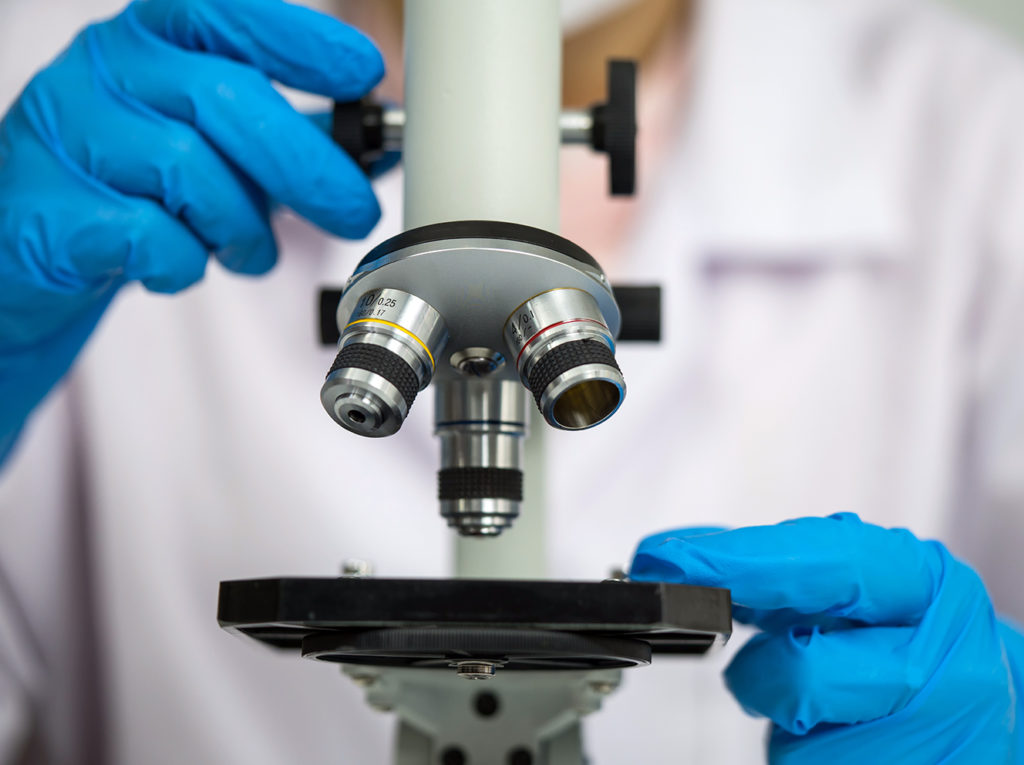Key Takeaways
May Wakamatsu, MD, a urogynecologist at Massachusetts General Hospital, says, for women, most bladder control problems can be improved without surgery. She advises her patients to drink normal amounts of liquids and try specific exercises first.
One in four women has a pelvic floor disorder.
Dr. Wakamatsu is director of Female Pelvic Medicine and Reconstructive Surgery and vice chair of Gynecology at Mass General. As a urogynecologist, she trained in obstetrics and gynecology and treats women with pelvic floor disorders.
One in four women has a pelvic floor disorder. Most develop the condition after childbirth stretches muscles and connective tissue that forms the “floor” of the pelvis which keeps the pelvic organs (bladder, uterus and rectum) in place. Childbirth also damages the nerves that help control bladder and bowel function. Some women notice bladder control problems immediately following child birth, while others experience it decades later.
Common Bladder Control Problems
Leaking urine and frequent restroom use are the two most common bladder control problems that Dr. Wakamatsu helps patients manage.

Stress urinary incontinence, one type of urinary incontinence, happens when physical pressure on the bladder causes weakened pelvic muscles to loosen, which lets urine out. This can happen during exercise or even when coughing or sneezing.
Overactive bladder symptoms (OAB) include unwanted frequent urination or when a woman cannot make it to the toilet in time — also called urgency incontinence.
The bladder squeezes down instead of waiting for a signal from the brain. Using the restroom too frequently is a symptom. A person should be able to wait three to five hours between restroom breaks.
The good news is that about 70 percent of women will not need surgery to manage their bladder control problems, Dr. Wakamatsu says.
Drink Normal Amounts of Fluids
Dr. Wakamatsu says she’s found many patients drink more than the 48 to 64 ounces of recommended liquids per day, thinking it helps their skin and with weight-loss, which are common misconceptions.
She recommends that if liquid intake is excessive to decrease it to the normal amount. Urine should be yellow in color, similar to the shade of an office sticky note. If urine is clear, patients are drinking too much fluid.
“If your body doesn’t need the water, it turns it into urine,” Dr. Wakamatsu says. “The bladder fills rapidly, and, it makes you feel like you have to go all of the time. And, if the bladder is really full, and you cough or sneeze, you are more likely to leak.”
Try Kegel Exercises and Physical Therapy
Dr. Wakamatsu also recommends Kegel exercises, which are exercises to strengthen pelvic floor muscles that women may have learned from their gynecologist or during pregnancy.
“We think most women develop overactive bladder and urgency incontinence from bad habits.”
If at-home methods do not work, Dr. Wakamatsu refers patients to pelvic floor physical therapy or recommends a pessary device, which can be inserted into the vaginal canal to decrease leaks.
Pelvic floor physical therapists teach patients specific exercises to strengthen pelvic and abdominal muscles as well as slow-breathing and distraction techniques to reduce the urge to urinate. Routines can contribute to bladder control problems and these therapists can work with patients on this, too.
Many women use the bathroom upon arriving home, which can lead to a “key-in-the-door” triggering the bladder. Using the toilet while the shower warms, trains the bladder to respond to running water.
“We think most women develop overactive bladder (OAB) and urgency incontinence from bad habits,” Dr. Wakamatsu says. “We want to help them change to: brain over bladder.”
Surgical Options
Surgery is an option for urine leakage caused by pressure on the bladder (stress urinary incontinence). If women have stress urinary incontinence and also pelvic organ prolapse, a disorder where the pelvic organs drop from their normal positions, Mass General’s Center for Pelvic Floor Disorders has a team of specialists who perform these surgeries during one operation.
“Some women are still told that leaking urine is part of aging and they should live with it,” Dr. Wakamatsu says. “But they don’t have to. We can improve most patients’ symptoms and get them back to the life they want to live, including aerobics and kayaking.”
Tips to Reduce the Urge
- Consume no more than 48 to 64 ounces of fluid a day.
- Limit caffeine drinks like coffee and tea to one serving of 8 to 10 ounces daily.
- Do Kegel exercises.
- Increase time between bathroom visits, with goal of waiting between three and five hours.
When to See a Provider
- For frequent urination; it can worsen over time.
- When leakage interferes with activities or sleep.
To support the Female Pelvic Medicine and Reconstructive Surgery Fund, please contact us.






